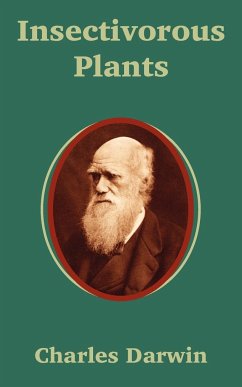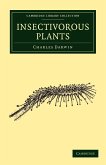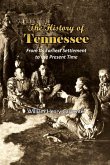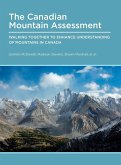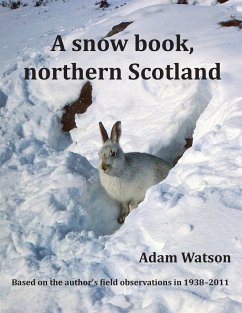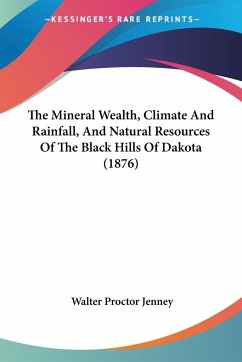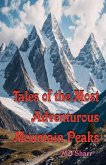Hinweis: Dieser Artikel kann nur an eine deutsche Lieferadresse ausgeliefert werden.
Charles Darwin was a naturalist earned fame for the 'Theory of Evolution'. He was born on 12 February 1809 in Shrewsbury England. His father Robert Waring Darwin was a medical doctor and mother Susannah Wedgwood belonged to a famous pottery family. In his childhood he went Shrewsbury School, academically he was not good. For advanced learning, his father sends him to Edinburgh University in Scotland to become a doctor but he was not interested and he joined Christ's College Cambridge. His interests developed in botany thus, he studied John Stevens Henslow's course in botany, though he completed his graduation in 1831. As a naturalist Darwin got an opportunity to go to second sea voyage of H.M.S. Beagle to survey the coast of South America. On his voyage he studied plants and animal's life. His interests in life science evolved and after working more than 20 years, in 1859 his world fame work 'On the Origin of Species' was published. He explained theory of evolution by natural selection. He said that life on earth evolved from a common ancestor. On earth there is struggle for survival between members who have favourable traits they survive and reproduce, it is known as survival of fittest. Well adapted species survived and less became extinct. Earlier Darwin faced criticism but later he earned honour for the theory. Darwin died on 19 April 1882.
1. Drosera rotundifolia, or the common sun-dew
2. The movements of the tentacles from the contact of solid bodies
3. Aggregation of the protoplasm within the cells of the tentacles
4. The effects of heat on the leaves
5. The effects of non-nitrogenous and nitrogenous organic fluids on the leaves
6. The digestive power of the secretion of Drosera
7. The effects of salts of ammonia
8. The effects of various other salts, and acids, on the leaves
9. The effects of certain alkaloid poisons, other substances and vapours
10. On the sensitiveness of the leaves, and on the lines of transmission of the motor impulse
11. Recapitulation of the chief observations on Drosera rotundifolia
12. On the structure and movements of some other species of Drosera
13. Dionaea muscipula
14. Aldrovanda vesiculosa
15. Drosophyllum, Roridula, Byblis, glandular hairs of other plants, concluding remarks on the Droseraceae
16. Pinguicula
17. Utricularia
18. Utricularia (continued)
Index.

